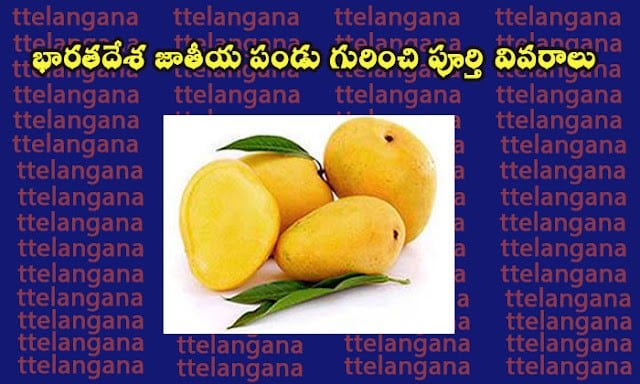Complete Details About National Fruit of India
Mango which has been grown in India since the beginning of time is considered to be an Indian National Fruit of the country. The fruit is described by the name of “Food of the Gods” in the Vedas, the holy texts the mango is grown nearly in every part of India and is not restricted to regions with hills, but it is most commonly available during the summertime only. There are over 100 mango varieties in India with a range of sizes, colors, and shapes. The most common names used for the fruit are Mangot, Manga, and Mangou. The exact origin of the word mango isn’t understood. It is believed that it originated from the Portuguese term’manga’ likely derived originated from Malayalam manga.
Mango has been referenced in the Indian historical record as well. Indeed, India’s poet Kalidasa is believed to have praised the mango. In addition, it is believed that the ancient Greek Kings Alexander the Great and Chinese pilgrim Hieun Tsang was said to have enjoyed their flavor. There are also historical documents that mention the incident of Mughal King Akbar planting over 100,000 mangos in Darbhanga in the region which is also known as Lakhibagh. Mangos are adored by people for their sweet juice as well as brilliant colors across the globe and are believed for their high levels of Vitamin A, vitamin C, and D.
Complete Details About National Fruit of India
Description
Mangoes come in various sizes, between 10 and 25 centimeters in length and 7-12 centimeters in width. As for the weight of a single mango, it can weigh as much as 2.5 kilograms. Mangos come in a variety of colors, including red, yellow, and green as well as a range of combinations of these shades. Mango is a flat round seed at its center that is covered with sweet pulp. In between the pulp is an incredibly thin layer of skin that is removed before taking the mango. When it is ripe, the unpeeled fruit releases a distinctly sweet, resinous scent.
Varieties
Many mango varieties are available in India. The most well-known ones are Alphonso (also known as “Hapoos”) and ‘Amrapali’ “Bangalore, Banganapalli (also called Benishaan)”Bombay, the ‘Bombay Green” Chinna Rasalu Dashaheri’ (‘Daseri’), “Fazli”, “Fernandina” Himayath, ‘Gulabkhas’ (a.k.a. ‘Imam Pasand’), ‘Himsagar’, ‘Jehangir’, ‘Kesar’, ‘Kishen Bhog’, ‘Lalbaug’, ‘Langda’ (‘Langra’), ‘Mallika’, ‘Mankurad’, ‘Mulgoa’, ‘Neelam’, ‘Pairi’, ‘Pedda Rasalu’, ‘Rajapuri’, ‘Safeda’, ‘Suvarnarekha’, ‘Totapuri’, ‘Vanraj’ and ‘Zardalu’.
Cultivation
A climate with no frost is the best for the development of Mangos. If temperatures fall below 40 degrees F even for a short time the flowers and smaller fruit that have already been cultivated on the tree may be destroyed. That is why warm and dry conditions are required to grow the fruit. It is available during the summer months only. Mango trees can thrive in large containers as well as greenhouses as well. Mango trees can be shaded in the natural world. They are extremely fast-growing and can grow to a height as high as 65 feet. The lifespan of mango trees can be quite lengthy, with some specimens believed to be more than 300 years old, and they are producing fruit.
Tags: national fruit of India why is mango the national fruit of India name the national fruit of India significance of national fruit of India few lines on national fruit of India in Hindi facts about national fruit of India picture of national fruit of India information about national fruit of India about national fruit of India , national fruit of India information national fruit scheme national fruit of India details national fruit of India essay national fruit of India in mango essay on national fruit of India few lines on national fruit of India national fruit of India images national fruit of India mango national fruit of India paragraph symbol national fruit of India
